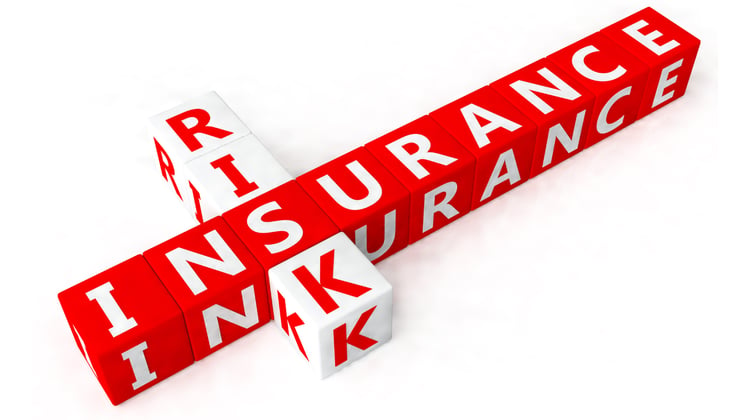Knowledge Center
Understanding the Insurance Landscape: A Softer Market, A Smarter Strategy
When the Los Angeles wildfires kicked off 2025 with approximately $40 billion in insurable losses, most of the insurance industry braced for continued firming in the market, including higher pricing and more limited contract terms and conditions. Yet, as we close out 2025, the insurance market has steadily softened, offering a welcomed shift for policyholders. Further, indications for the January 1, 2026, reinsurance renewal cycle suggest continued capacity and stable pricing. According to Hannover Re, reinsurers have returned to more balanced operations, earning steady returns and building surplus reserves after several years of volatility.
The ‘softening’ across most lines of business is working to increase carrier competition and, in turn, create opportunities for clients to evaluate their risk programs to make sure the coverages are best positioned to respond in the event of a claim. For individuals and companies that take a strategic approach to risk management, this environment presents an opportunity to strengthen protection, optimize coverage terms, and potentially reduce costs heading into 2026.
Here’s what’s changing, why it matters, and what to consider before the new year.
Increased Competition, Pressure on Price
Across both personal and commercial lines, insurance premium growth is slowing in many lines of business, not because there’s less demand but because more insurance companies are actively competing to insure similar types of risk. As a result, many insurers are reducing rates and/or offering more favorable terms to attract and retain clients. With carriers under pressure to grow or maintain books of business, many are adjusting their pricing, underwriting appetite, and coverage terms to stay competitive.
As a result, clients now have more room to:
-
- Negotiate broader policy language
- Secure reduced or flat deductibles
- Access enhanced coverage options
- Lock in a more favorable price
In this environment of increased competition, insurance buyers must be diligent in looking beyond the price tag to assess the overall value of the coverage they are securing. While cost savings are undoubtedly part of the bigger picture, the real opportunity lies in strengthening your program, expanding coverage where it matters, and tightening terms where you may have been overexposed.
Notably, the insurance industry remains financially strong despite slowing premiums. Carriers continue to pay claims reliably, with steady investment income helping to maintain stability even as market conditions evolve.
Aligning your coverage with a changing risk landscape
Global supply chain disruptions and inflation continue to impact repair and replacement costs, particularly in certain regions, for both home and auto insurance. As a result, some carriers are revising policy language, adjusting exclusions, or tightening terms, especially for high-severity exposures.
But many insurers are also responding to market shifts by refining their offerings and expanding specialty lines, giving clients access to more nuanced and personalized protection. For example, enhancements in cyber coverage, equipment breakdown insurance, and higher liability limits are making it easier to address emerging risks head-on.
As the market shifts, now is the time to take a closer look at how your current policies align with today’s coverage trends. It’s also a good opportunity to reassess whether your policy terms still align with your current risk profile and risk tolerance. With insurers more willing to tailor coverage to retain strong accounts, proactive clients can take advantage of this flexibility to strengthen their risk transfer programs.
Finally, clients and their brokers should seize the opportunity to evaluate trading partners, prioritizing stable, high-quality insurers with strong financial ratings to ensure reliable claim payments and a long-term partnership approach that avoids sharp rate hikes if and when conditions worsen.

Looking ahead
Many clients wait until the renewal season or a major life event to revisit their insurance strategy, which can result in missed opportunities. With favorable pricing, strong carrier competition, and product innovation happening now, the best value often goes to those who plan at least 60–90 days in advance.
The insurance market may be softening, but your risks are still very real. This is the moment to get proactive. Talk with your advisor. Review your policies. Reassess your needs and make sure your coverage still aligns with your business and your assets. Because even in a soft market, smart protection matters.
This article is not intended to be exhaustive, nor should any discussion or opinions be construed as legal advice. Readers should contact legal counsel or an insurance professional for appropriate advice.
About the Author

We’re ready to help you
protect what matters most
Discuss your options for protecting your reputation and your business.

